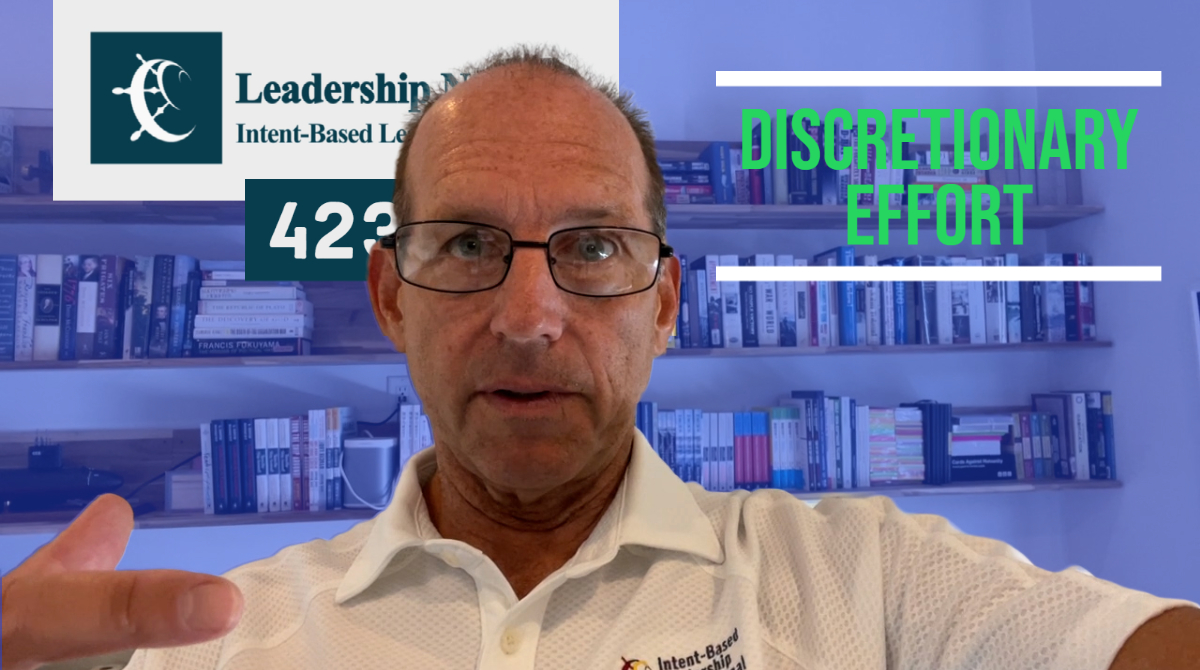A team of people looks at the same situation and comes to different conclusions about what is happening and what should be done. Why does this happen?
Humans are exceptionally good at interpreting their environment and making assessments. Our brains are wired to follow a progression from observation => judgment => action. This was useful on the African savanna when we heard a rustle in the tall grass. Rustle => lion (danger) => run. But in groups, this quick progression can lead us astray by focusing our thoughts on the action or decision to be made without understanding what each member of the team knows.
Because of our evolutionary adaptation to process observations into judgments we tend to debate at the end of the observation => judgment => action chain rather than at the beginning. In other words, we argue about what we should be doing in a certain situation rather than starting with what we all see (or know).
Leaders traditionally view their role as managing this decision. This is problematic because it will not lead to consistently optimized decisions. Research by Professors Amy C. Edmondson and Michael A. Roberto[1] at Harvard has shown that information held by more team members has more influence over the decision independent of the validity of the information. In other words, important valid information held by few team members is underweighted in the decision-making discussion.
The leader’s role is to first make sure we all know what we all know. This is done by creating mechanisms to give voice to quieter members of the group to discover what they know.
The individual’s responsibility is to share the information they know, especially if it doesn’t seem to be something the other members of the group are talking about. Just because you see something, doesn’t mean everyone else sees it as well.
How can we practice?
Ask your team what they “see” in the following photograph. Typically, you will get answers like “celebration,” “happy sports fans,” “goal just scored,” and so on.
Actually, we don’t “see” any of those things. We see a man wearing a striped jersey with arms raised, head raised, mouth open, eyes open, and so on. You can pick another photograph and ask your team to describe what they see.
We learn two things from this exercise:
- Not everyone will see the same thing so don’t assume that everyone sees what you see. This is the individual’s responsibility.
- When in groups, work to understand what everyone sees. The leader’s job is to draw out each individual’s observation and contribution. Be curious about dissenting opinions and ask questions like “what are you seeing that makes you think that?” This is the leader’s responsibility.
Next time someone disagrees with you be curious about what they see that you might not see. Rabbit or duck?
[1] Edmondson, A, M. A. Roberto, and M. Watkins. (2003) “A Dynamic Model of Top Management Team Effectiveness: Managing Unstructured Task Streams.” Leadership Quarterly 14(3): 297-325.
Turn Followers into Leaders – Learn More



